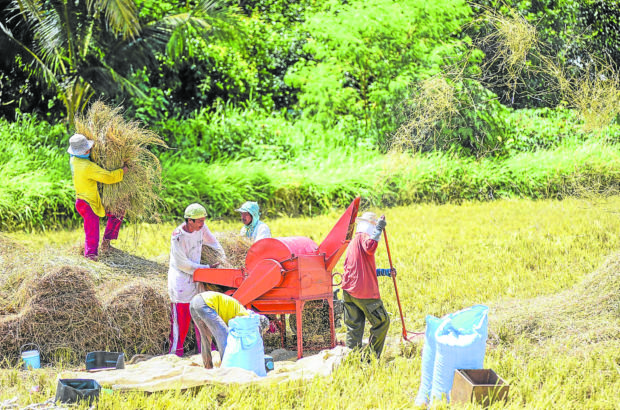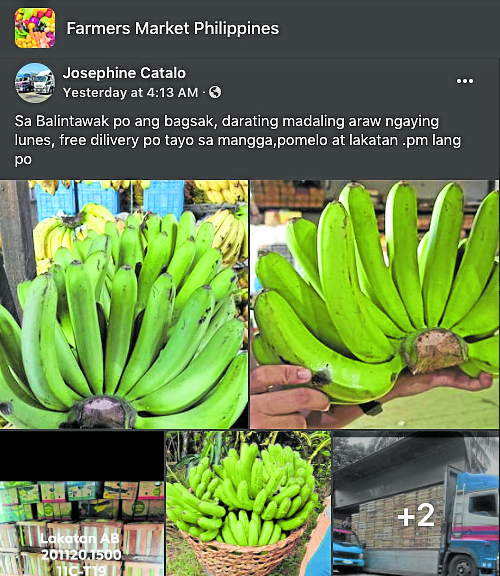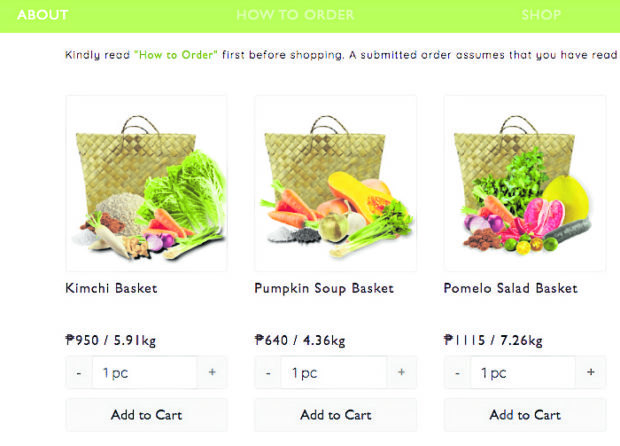From bricks to clicks: Agri sector value chain transformation
The Department of Agriculture (DA) in April announced that it would be expanding the operations of its “Kadiwa” stores by making their products and services available online, thus allowing farmers and fishers to continue selling their produce to consumers even with the movement restrictions at the height of the lockdown.
The plan is for the DA to bridge the gaps in the value chain by ensuring that farmers are judiciously paid for their products while consumers gain more bang for their buck —all without physical contact.
Over the succeeding months, this scheme has been adopted by several farmer groups and new startups, while those who saw the potential of technology early on saw a deluge in new sellers and consumers who wanted to use their channels.
The sudden openness of farmers and fishers to digital applications has changed the industry’s value chain, and experts are saying this may carry on even when the pandemic is over.
“We saw this transition from bricks to clicks, or Filipinos being more open to e-commerce,” said John Yamsuan, associate director for marketing research firm Nielsen. “It will definitely go forward and not just during the pandemic. We know from data that this is going to be part of the consumers moving on to the new normal.”
Article continues after this advertisementInnovative offerings
Gorby Dimalanta, co-founder of online agricultural store BukidFresh, said there had been a surge in the startup’s number of customers during the height of the lockdowns. He added that the business “could have easily gotten times eight of our usual earnings” if not for their limited warehouse capacity.
Article continues after this advertisementBukidFresh remains relevant until now and has offered new products such as “recipe baskets” to help consumers who want to cook meals such as pinakbet, chopsuey, and sinigang with already prepared ingredients.
Another online enterprise called “Rural Rising PH” was able to garner 38,000 followers on Facebook by bridging Cordillera farmers to urban consumers.
What led to its creation spoke heavily of the industry’s sad plight– best described in a vegetable dealer’s post which went viral. The post shared that farmers in the region had to throw away their unsold produce for lack of storage facilities.
But one of the more important impacts on the sector of digital migration is that farmers and fishers are able to minimize, if not totally cut off, their ties with middlemen and traders.
Producers to consumers
Several producers and farmer cooperatives and organizations began to create Facebook pages where they could directly transact to consumers.
“Farmers Market Philippines,” one of the earliest groups to crop up, began in 2017. It now has nearly 15,000 members.
According to the group’s page, it is “intended for farmers, traders, vendors and farm service providers” to buy and sell fresh produce, processed goods, and even implements and even equipment.
It also encourages members to engage in discussions. There are videos on how to culture milkfish, updates on agricultural machinery, and some even post live videos to sell ornamental plants.
These new channels for transporting agricultural commodities to areas that need it most are gradually transforming farmers into e-commerce entrepreneurs and making them more profitable. But there are still hurdles to overcome.
For one, the government and the private sector must set up digital infrastructure to support the momentum. Antonio Tiu, CEO of AgriNurture Inc., said joint efforts from the public and private sector could expedite innovative trends such as this if properly supported.
Needed support includes additional budget for the DA, making rural broadband more accessible, opening new markets to farmers, and teaching them the necessary technical know-how so they could expand their horizons beyond production.
Youth involvement
There are also still millions of non-users to convert. Most Filipino farmers and fishers are now between 57 and 60 years old, and studies have shown that their first encounter with the internet was through their children who assist them in navigating online marketplaces.
More than digital conversion, there is also a need to encourage the youth to go into farming that is “technology-based and science-backed,” Agriculture Secretary William Dar said.
“The best way to keep the wheels of innovation moving is by influencing the younger generation to take interest in the vast and fascinating world of science,” he said.
“With technology, we envision smart farms being built and run by the millennials. We want to bring dignity and prosperity to farming, thus enticing more people into agriculture,” he added. INQ


